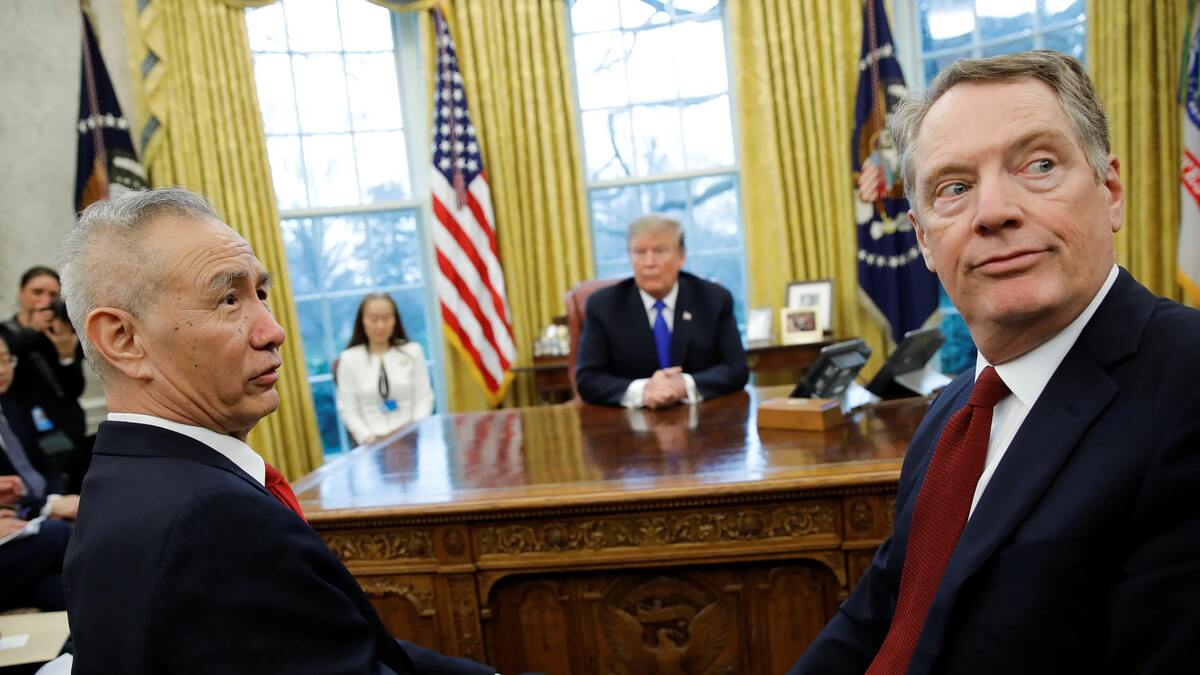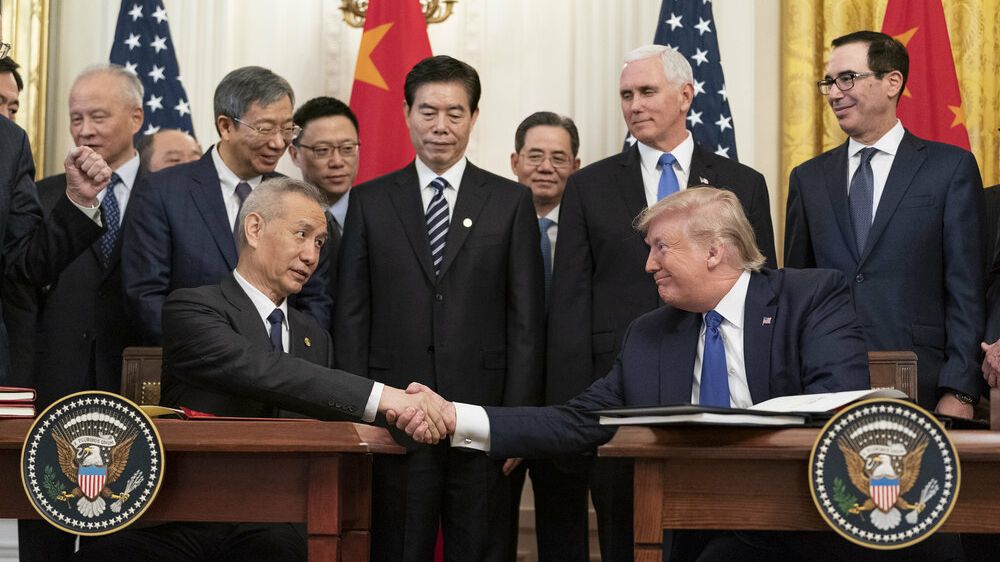Published 02 August 2019 | 2 minute read
The US has decided to impose 10 percent tariffs on the $300 billion in Chinese imports not yet subject to punitive tariffs. Here are three questions related to this second round of Trump China tariffs.
In the wake of two days of trade talks in Shanghai that failed to make any real progress, the US has announced that it will impose 10 percent tariffs on the remaining $300 billion in Chinese imports not yet subject to punitive tariffs.
While the dust hasn’t settled on this latest salvo in the US-China trade war, here are three questions to keep a careful eye on as the process moves forward:
No deal before the elections?
Do these latest developments signal that both countries have essentially given up on reaching a trade agreement prior to the US presidential election in November 2020? The US seems to be operating on the assumption (alluded to in statements made by the President) that China’s economy is suffering heavily under the weight of US tariffs, and that the longer negotiations drag on for, the more pressure will mount on China to offer concessions to bring the trade war to a halt.
China, for its part, might very well have concluded that US election politics have made it impossible to secure an agreement that will meet China’s interests and needs. In the current political environment in the US, the Administration would need to be able to position any agreement with China as a clear cut “victory” for the US. Any agreement which, in appearance or reality, significantly addresses Chinese concerns could leave the President vulnerable to attacks that he has “gone soft” on China.
In any case, the fact that even before the tariffs were announced, US and Chinese negotiators planned to pause the negotiations for the entire month of August clearly signals that neither country feels a particular time urgency.
How strongly will China counterpunch?
It is a foregone conclusion that China will retaliate against the latest round of US tariffs. The only question is what form the retaliation will take, and how hard they will hit.
Because the US imports far more Chinese products than China imports from the US (roughly $540 billion versus approximately $120 billion), China cannot match the US dollar for dollar in tariff escalation. This does not mean however that China is out of ammunition. China has the means to harm US business interests in ways that are potentially even more damaging than tariffs.
China’s vast regulatory system can be deployed in a variety of ways to create headaches for US companies. The pace of Chinese customs inspection and clearance for US products could suddenly slow to a crawl. Extensive paperwork clarification might become necessary. Surprise health and safety inspections on US facilities in China could be dramatically stepped up and conducted with an unusually high degrees of vigor and thoroughness. The licensing process for new and existing businesses could become more complex and time consuming. And China’s recent “unreliable entities” list could be implemented in ways that significantly limit commercial opportunities in China for US companies.
These examples don’t even begin to scratch the surface of potential response options China has in its toolbox. Watch carefully for how hard China decides to strike back.
Will US consumers start to rebel?
This new tranche of tariffs will include consumer items, such as household appliances, cellphones, and laptops. Previous rounds were primarily focused on industrial items and intermediary goods and attempted, at least in the most visible ways, to insulate the US consumer from the trade war. With the latest round of tariffs extending coverage to virtually all trade, that will no longer be possible.
The new tariffs will affect roughly $45 billion in cell phones, $39 billion in tablets and laptops, and $5.4 billion in video game consoles. US consumers are likely to feel the pinch of these tariffs more so than previous rounds, although the 10 percent level is considerably less than the 25 percent being applied to the earlier tranches.
Ordinary US consumers have not yet been able to “connect the dots” between the tariffs and higher costs eating into their household budgets. Will this new round of tariffs change that, and if so, will it translate to political pressure to bring the trade war to a halt?
© The Hinrich Foundation. See our website Terms and conditions for our copyright and reprint policy. All statements of fact and the views, conclusions and recommendations expressed in this publication are the sole responsibility of the author(s).










